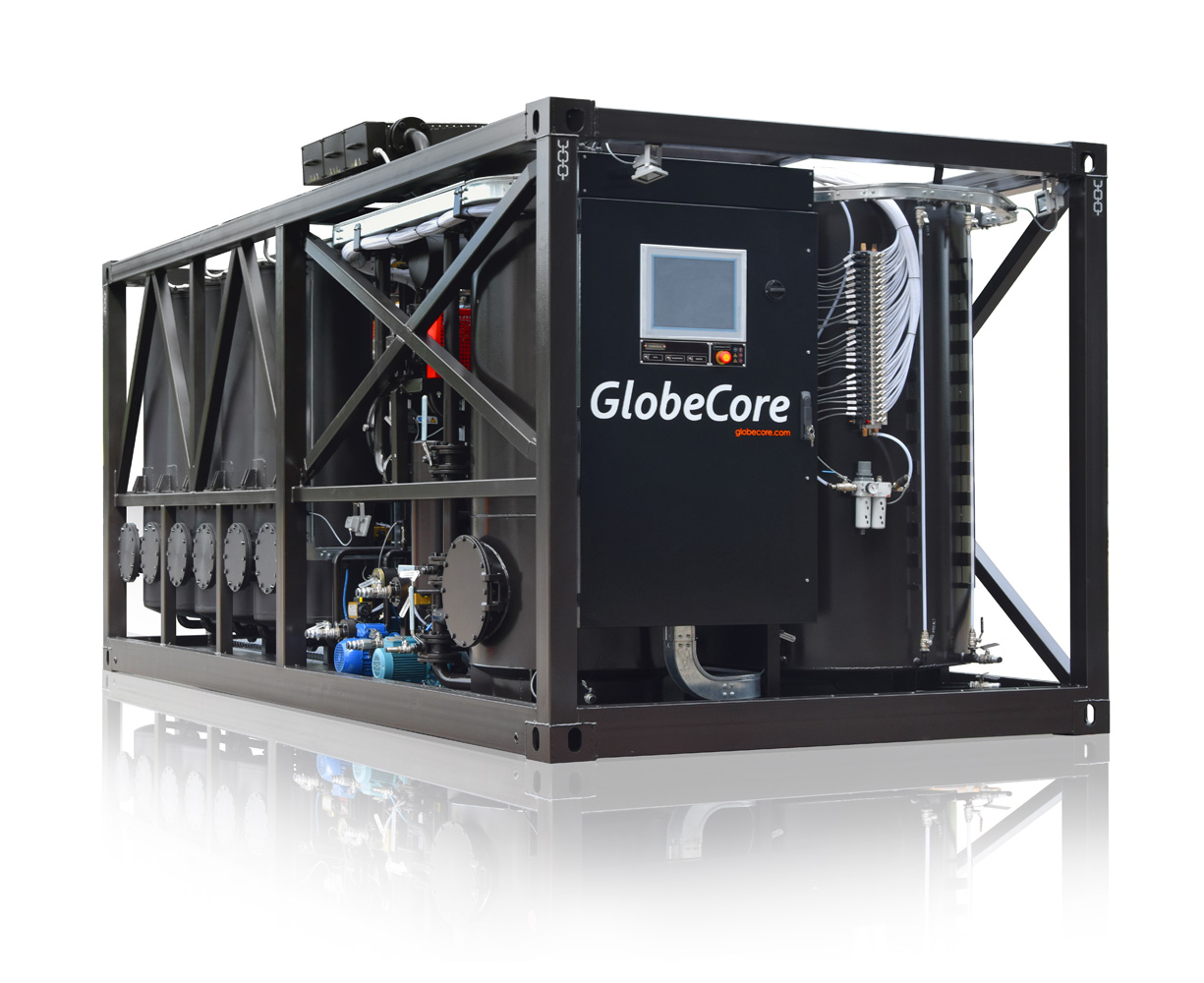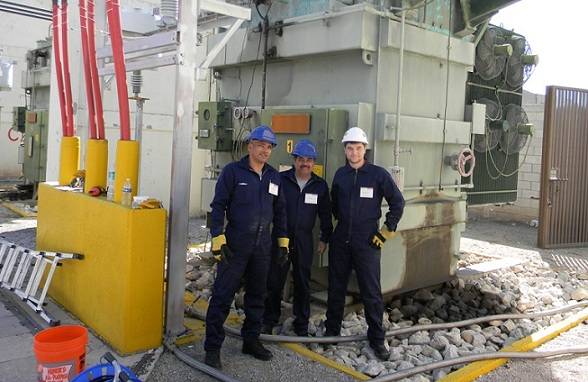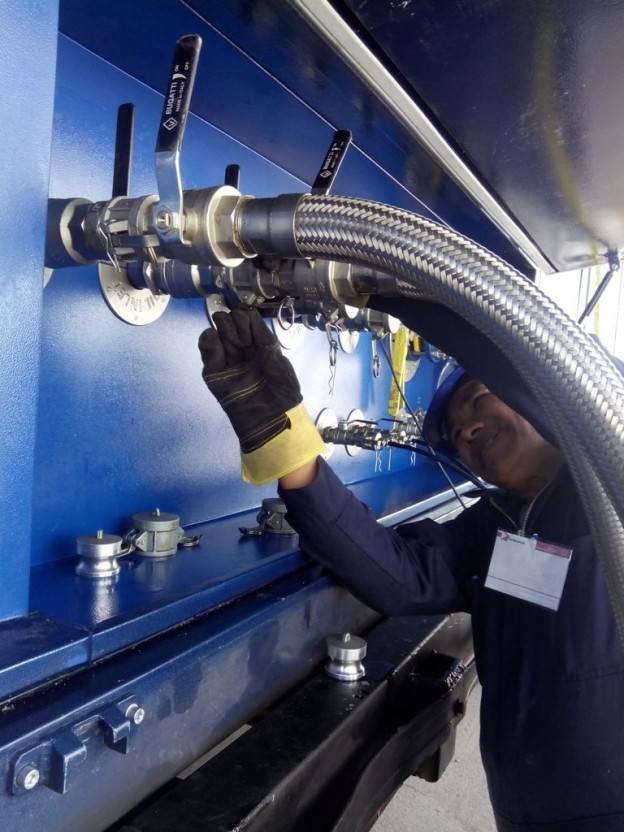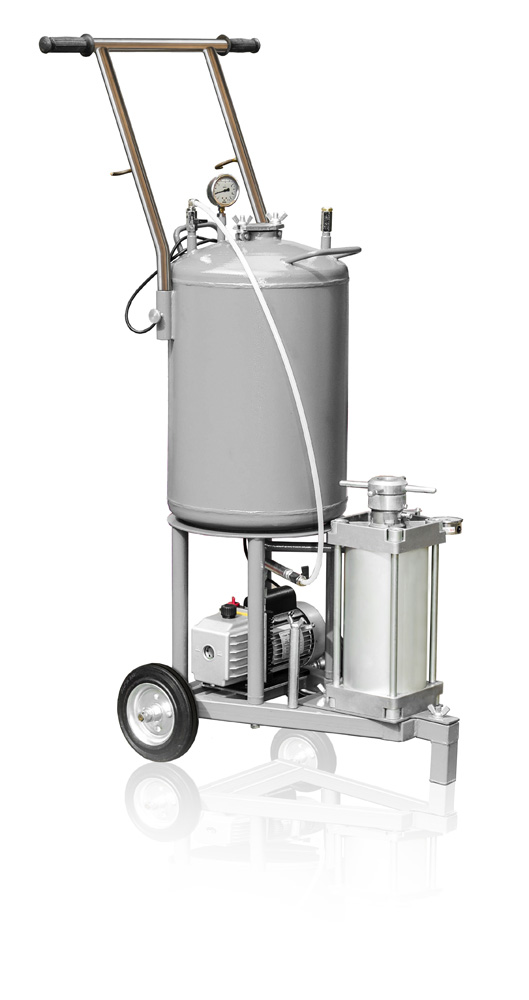GlobeCore introduces transformer oil purification units in the CMM-R line to meet the needs of companies, involved in the generation, transmission and distribution of electric power.
The CMM-R line mobile oil filtration units from GlobeCore provide for the service life extension of transformers, circuit breakers, and other oil-filled equipment since they restore dielectric strength and chemical composition of insulating oils.
It is essential to ensure the stability and performance characteristics of transformer oil since oil is constantly deteriorating and is influenced by high temperatures, atmospheric oxygen, electrical fields, metals and solid insulation. Over time, transformer oil turns from a dielectric insulator into a conductor at low voltages which is unacceptable for proper transformer performance. Once the oil becomes contaminated, it can no longer fulfill its functions and, as a result, becomes unfit for further useas a dielectric insulting fluid.
It is therefore, recommended to use GlobeCore’s mobile oil purificaton stations instead of buying new oil and seeking for ways to dispose of the used oil.
In the oil filtration units, oil is passed through the special sorbent, called Fuller’s Earth that allows for “Molecular Filtration” due to its microporous structure. Mechanical impurities and products of oil degradation are soaked up by the sorbent granules. Once the sorbent becomes saturated, the CMM-R units automatically switche to “Sorbent Reactivation” mode where impurities are removed from the sorbent material and exhausted to the special collecting tank and carbon canister.
The CMM-R line has been proved to be very efficient in practice. The loss tangent of the oil, processed with GlobeCore equipment, is significantly reduced and meets the rated value of the fresh product after the regeneration operations are completed.
GlobeCore equipment may be either purchased from stock, or custom-made. The in-stock mobile oil degassing stations can be bought directly from the warehouse. GlobeCore’s final assembly facilities are located in Oldenburg, Germany. Any customized unit will be made within 45 days.
Usually, the CMM-R units are started up and run for about a week before being shipped. Our specialists will help you to start up the mobile oil purificaton station as well as train your staff.
Once you read this, it means that you might be:
(1) the owner or CEO of a power company. You are tired of spending much money on recycling of waste oil and purchasing new transformer oil. You are eager to get effective solutions that will reduce your operating costs and increase profits;
(2) you are a manager of procurment department. You have to please the directors by finding the best deals or establishing and keeping trust relationships with suppliers. In this regard, GlobeCore has the best solution for you: After many years of doing business, our company has established both corporate and personal relationships with our customers;
(3) you are an engineer that services oil-filled equipment. After having performed an oil analysis, you have determined that the performance characteristics of the transformer are below the acceptable standards, but you still want to ensure the continued smooth operation of your equipment. Then you need to purchase one or more of the GlobeCore CMM-R mobile oil stations. We provide maintenance services, have a warehouse of spare parts and we are always ready to help you.
Let’s check whether you need a GlobeCore mobile oil purificaton station:
- You want to solve the problem of used oil disposal;
- You want to save costs on purchasing new transformer oil; and
- You want the quality of reclaimed transformer oil to comply with recognized rules and regulations and to serve equipment for much longer than one year.
If you agree with the statements listed above then you are on the right path to the GlobeCore Servoce Life Extention Program utilizing the GlobeCore Process!
The GlobeCore CMM-R mobile oil recondition unit will help you to solve your long term preventive maintenance problems. The following is the list of the benefits of the GlobeCore mobile oil units:
(1) They come in different design versions: general industry frame (European standards), containerized, mounted on a trailer (two or three-axle trailer), with several different optional arrangements of doors;
(2) may be equipped with an operator’s workstation to meet the customer’s needs;
(3) can be fitted with (I) additional devices to monitor the oil level in the transformer, (II) generator to provide autonomous operation, (III) inhibition block to add special additives to transformer oil after regeneration.
(4) short delivery terms;
(5) competitive price;
(6) possibility to be trained by a skilled engineer before purchasing the equipment and during its maintenance.
(7) constituent parts by leading world manufacturers;
(8) the characteristics of reclaimed oil fully comply with the recognized international standards and regulations;
(9) no used oil storage;
(10) cost saving;
(11) low energy consumption;
(12) automated technological processes; and
(13) optional sound and heat insulation;
Reading all this information, you may have the following questions:
(1) For how many years is it possible to extend the service life of transformers by applying the GlobeCore Process to my oil filled electrical equipment?
The CMM-R units allow equipment owners to extend the service life of a typical transformer between 20 to 35 years.
(2) Do I need to pump out oil from the transformer before regeneration?
No, it is not necessary. One of the primary benefits of the CMM-R units is that oil processing may be performed on the energized transformer.
(3) Why do I need to use your equipment if I can use the old transformer oil in other units that need lower performance characteristics of dielectric fluid?
Sure, you can, but it won’t solve the problem of its disposal.
(4) Is it possible to use another sorbent instead of Fuller’s Earth?
Yes, it is. The GlobeCore’s CMM-R units successfully operate using other sorbents. But, Fuller’s earth can be reactivated during transformer oil processing so there is no need to unload and reload sorbent during the processing job.
(5) How long will the Fuller’s Earth last?
About 300 cycles which is equal to between 1.5 to 3 years of operation depending on the amount of oil process and the overall amount of contamination. Additionally, regeneration of oil, performed on the GlobeCore’s units allow for loss tangent reduction.
(6) And what about the acid number?
The acid number is also reduced to the specific values. The values of these and other performance characteristics of transformer oil before and after regeneration are defined in the table below.






